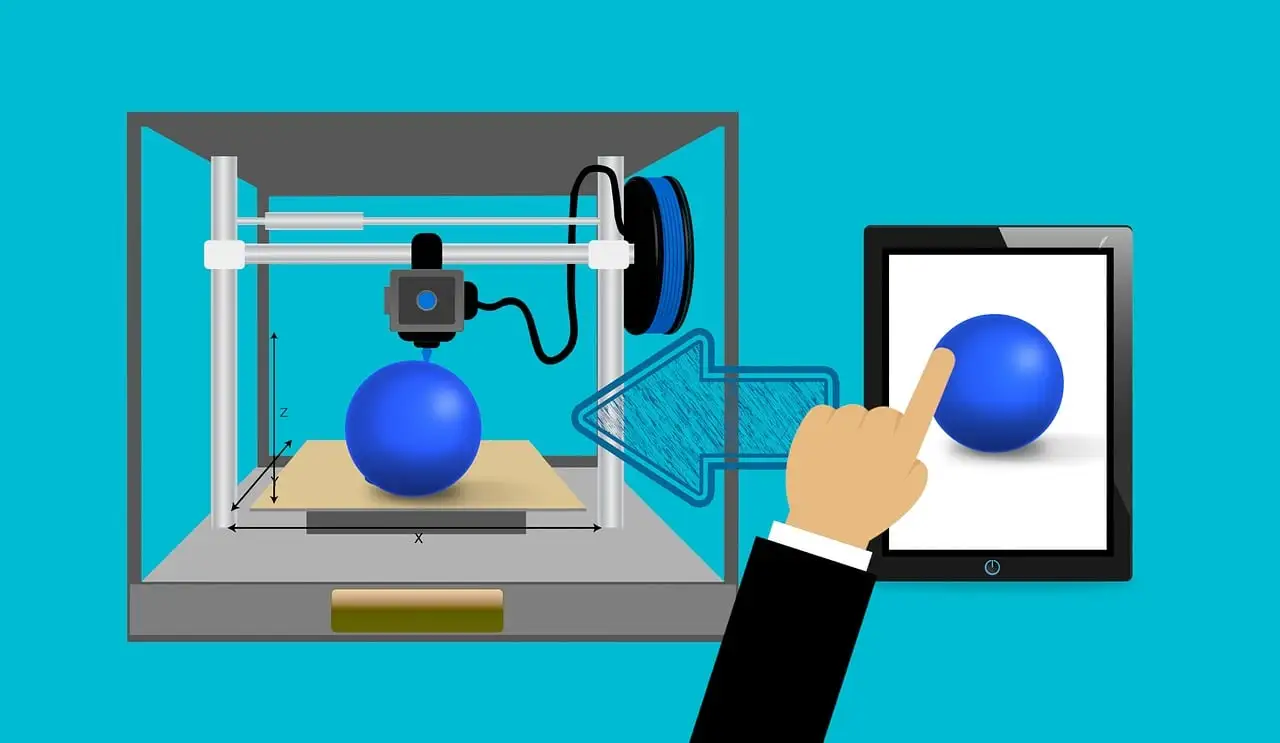Blog information
- Blog date: 2023-12-05 00:00:19
- Blog URL: www.codiasticsoft.com/Blogs
What is 3D printing ?
3D printing, also known as additive manufacturing, is a process of creating three-dimensional objects by layering materials one on top of the other. Unlike traditional subtractive manufacturing methods that involve cutting, milling, or molding materials to create a final product, 3D printing builds objects layer by layer from digital models. This technology has found applications across various industries and has the potential to revolutionize manufacturing processes.
Basic Process of 3D Printing:
-
Design:
- A digital model of the object is created using computer-aided design (CAD) software. The design specifies the geometry and structure of the object.
-
Slicing:
- The digital model is sliced into thin, horizontal layers using slicing software. This step determines how the 3D printer will build the object layer by layer.
-
Printing:
- The 3D printer reads the sliced data and begins the layer-by-layer construction of the object. Various materials, including plastics, metals, ceramics, and even biological materials, can be used depending on the type of 3D printer.
-
Curing or Fusion:
- The layers are typically fused or cured together, either through heat, light, or chemical processes, depending on the printing technology and material used.
-
Post-Processing:
- After printing, the object may undergo post-processing steps such as polishing, painting, or additional treatments to meet specific requirements.
Types of 3D Printing Technologies:
-
Fused Deposition Modeling (FDM):
- This is one of the most common 3D printing technologies. It involves extruding thermoplastic filaments layer by layer to build the object.
-
Stereolithography (SLA):
- SLA uses a liquid resin that is cured layer by layer using ultraviolet (UV) light.
-
Selective Laser Sintering (SLS):
- SLS utilizes a laser to selectively fuse powdered materials, such as plastics or metals, layer by layer.
-
Digital Light Processing (DLP):
- Similar to SLA, DLP uses light to cure a liquid resin, but it uses a digital light projector to project an entire layer at once.
-
Binder Jetting:
- This method involves selectively depositing a binding agent onto a powder bed, layer by layer, to create the final object.
Applications of 3D Printing:
-
Prototyping:
- Rapid prototyping allows for the quick and cost-effective production of prototypes for product development.
-
Customized Products:
- 3D printing enables the production of customized and personalized products, such as medical implants, dental devices, and consumer goods.
-
Medical Applications:
- In healthcare, 3D printing is used for creating patient-specific implants, prosthetics, and models for surgical planning.
-
Aerospace and Automotive:
- 3D printing is employed to manufacture lightweight and complex components for aerospace and automotive industries.
-
Education:
- 3D printing is utilized in educational settings to teach design, engineering, and manufacturing concepts.
-
Art and Fashion:
- Artists and fashion designers use 3D printing to create intricate and unique designs.
Advantages of 3D Printing:
-
Customization:
- Ability to create highly customized and complex designs.
-
Rapid Prototyping:
- Speeds up the prototyping process, allowing for quicker design iterations.
-
Reduced Material Waste:
- Unlike traditional manufacturing, 3D printing generates less waste as material is deposited selectively.
-
Complex Geometries:
- Allows for the production of intricate and complex geometries that may be challenging with traditional methods.
-
On-Demand Manufacturing:
- Enables on-demand and localized production, reducing the need for large inventories.
While 3D printing offers numerous benefits, challenges include material limitations, production speed for larger objects, and the need for standardized processes and quality control. Ongoing advancements in technology are continually expanding the capabilities and applications of 3D printing across industries.

